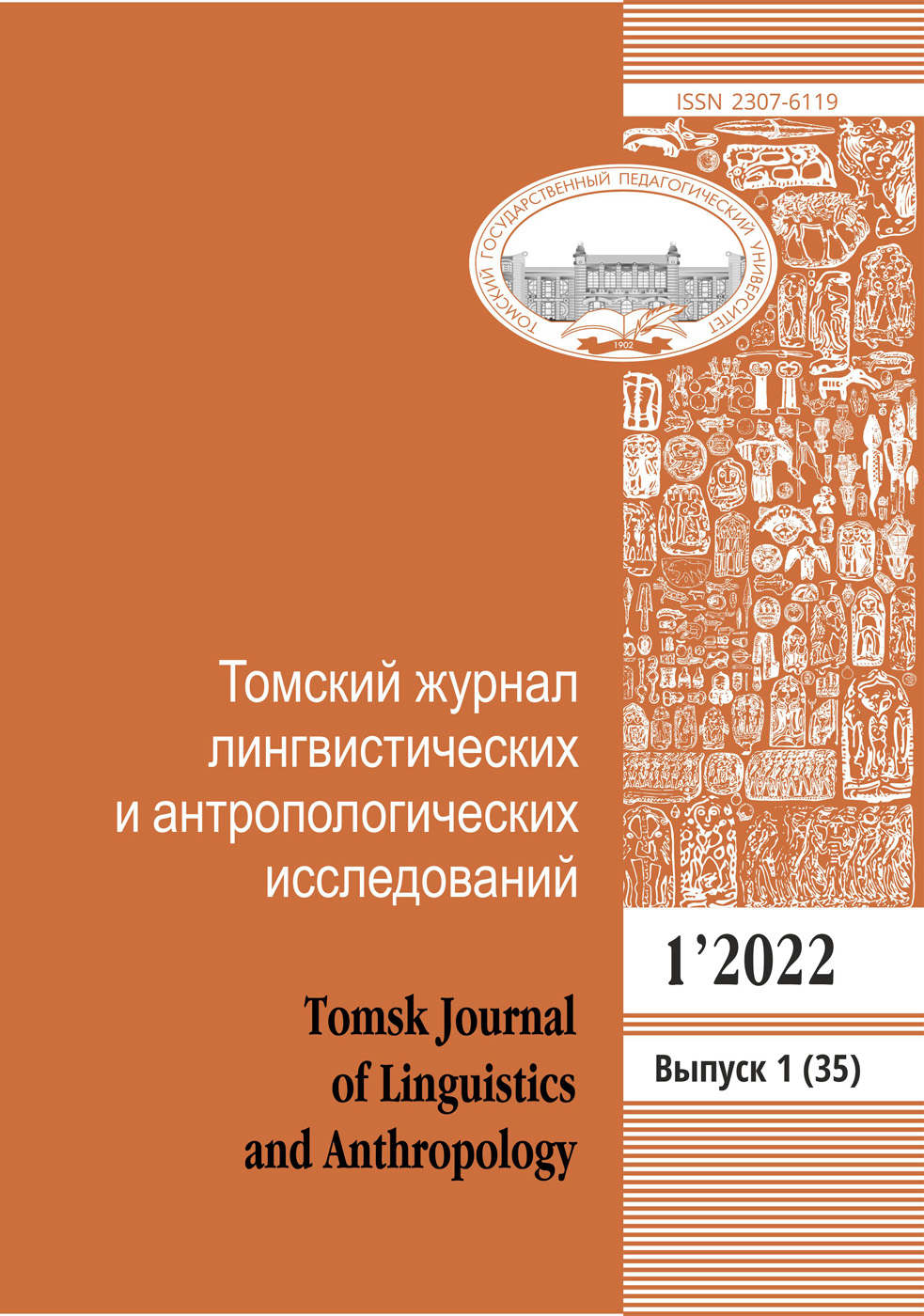Search
| # | Search | Downloads | ||||
|---|---|---|---|---|---|---|
| 1 | The article is methodological in nature and highlights some of the complex and controversial issues of training parsed in elementary school. Keywords: elementary school, syntax, sentence, phrase, goal setting, punctuation marks | 2004 | ||||
| 2 | The article is devoted to the description of the organization of the education system in the Republic of Indonesia. The authors pay special attention to the educational process in the Indonesian primary school. The relevance of this topic is due to the ambiguous attitude of society to the reforms of the Russian education system, to the role of teachers, to the subject content of the educational process, including in primary schools. We believe that the experience of foreign teachers will be useful in developing primary education programs. The law on education and the decree of the government of the Republic of Indonesia introduce standards of competence of graduates and standards of educational content for primary, secondary and senior secondary schools. In accordance with the standards of competence of graduates and the standards of educational content of the Republic of Indonesia, the article describes the basic principles of training, on the basis of which the development of three areas of competence takes place: relationships, knowledge and skills. Relevant competencies are formed through various activities related to the psychological, moral and social spheres of a child’s life. The authors consider the influence of basic age characteristics of primary school children on educational models developed and used in practice by teachers in Indonesia. The article describes the development tasks of children of primary school age in accordance with the concept of J. Haywighurst and the directions of activities of primary school teachers in the Republic of Indonesia, based on these tasks. Keywords: education system, Republic of Indonesia, primary school, organization of the educational process, principles of teaching primary school children, learning goals, development objectives of primary school children, academic subject | 1147 | ||||
| 3 | The relevance of the topic is determined by social processes in Russian society, the demand of the parent community for the return of the Soviet-era education system. Modern social movements such as the All-Russian Parental Resistance, Educational Partisans, For the revival of Education, are becoming real participants in the educational process, spreading the ideas of teaching according to “Stalinist” textbooks, publishing educational and methodological literature of the Soviet period. In this regard, it became necessary to analyze the content of the designated textbooks from the point of view of the possibility of their use in home schooling. The article compares the ABC books and alphabets of the Soviet period (since 1947) by such authors as N.A. Kostin, S.P. Redozubov, A.I. Voskresenskaya, and others, and the ABC by V.G. Goretsky from the School of Russia (20172024). The comparison is based on linguistic, methodological features of textbooks and their applications. artistic design. The author examines the principles and goals of creating alphabets, the structure of textbooks, the ways of presenting the material, as well as the skills formed by the alphabets in question. Attention is drawn to such methods and techniques as the sound analytical-synthetic method, “reading-writing”, the principles of “from simple to complex” and “no more than one difficulty per lesson.” The article analyzes both the advantages and disadvantages of the textbooks under consideration, ranging from the presence/absence of phonetic analysis to unsuccessful formulations of the theory of linguistics. Reliance on scientific achievements in the field of phonetics and phonology, on research in the field of child psychology determines the continuity of alphabets and alphabets from different eras in methodological and substantive terms. Keywords: Soviet primers, alphabets, literacy teaching, methods and techniques of literacy teaching, principles of creating primers, design of primers | 179 | ||||





